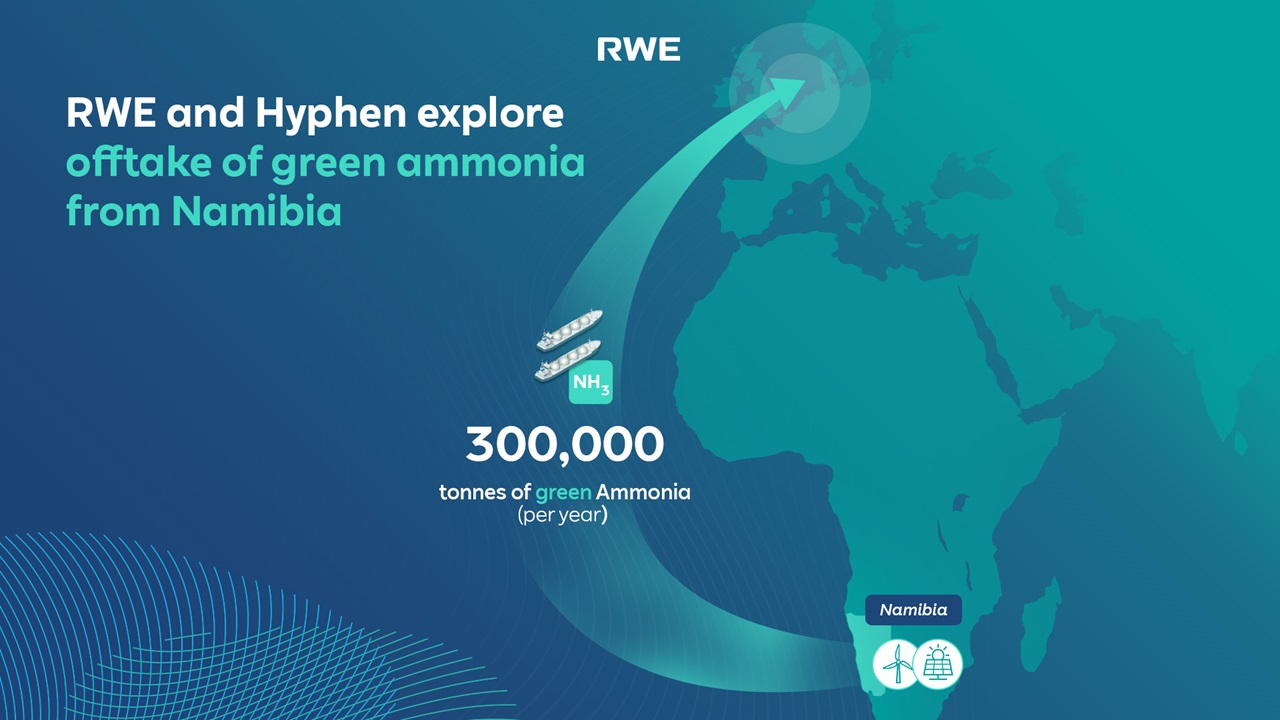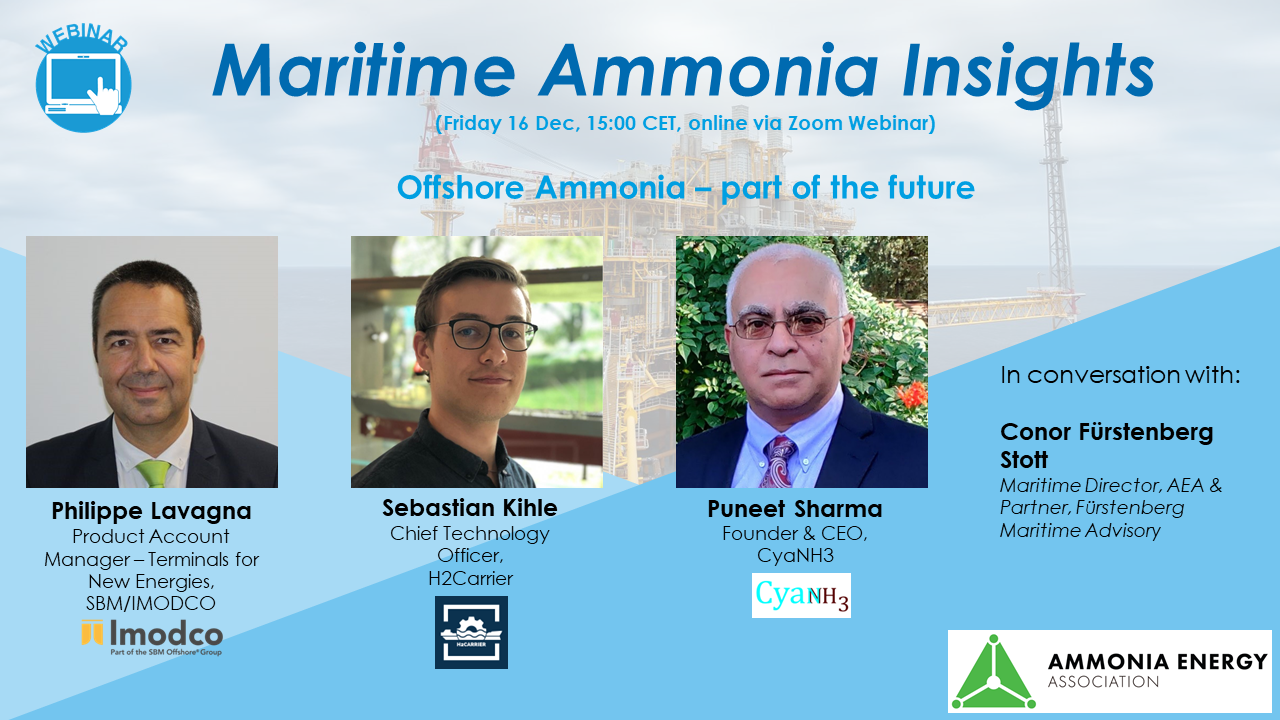Europe
Large-scale ammonia imports to Hamburg, Brunsbüttel
Air Products and Mabanaft will develop ammonia import & distribution infrastructure at Mabanaft’s existing tank terminal at the Port of Hamburg. From 2026, ammonia imports will be “converted” to hydrogen at Air Products facilities in Hamburg, then distributed to customers in northern Germany. Meanwhile, RWE and Hyphen have signed an offtake agreement, with 300,000 tonnes per year from Hyphen’s under-development mega-project in Namibia to be shipped to Germany. RWE is developing an ammonia import terminal in Brunsbüttel (just up the Elbe River from Hamburg), which will be ready to receive shipments from 2026.
Offshore ammonia - part of the future
Explore the potential of offshore ammonia production, storage and export assets with three leading organisations in the space: SBM/IMODCO, H2Carrier, and CyaNH3.
COP27: EU forms new partnerships
The European Commission has signed strategic partnerships with three countries at COP27: Namibia, Kazakhstan and Egypt. Key cooperation areas include boosting the rollout of renewable energy generation for hydrogen production, and European investment to finance renewable hydrogen production. Also in Sharm el-Sheikh, German Chancellor Olaf Scholtz announced the first tender process for H2Global will shortly commence, with a further €4 billion to be invested into the pay-for-difference initiative.
Siemens Energy begins work on commercial cracker prototype
Siemens Energy, Fortescue Future Industries and GeoPura are developing a £3.5 million ammonia cracker prototype in Newcastle, UK. The prototype will deliver 200 kg of high-purity, PEM-suitable hydrogen fuel per day, and will be based on Fortescue’s “Metal Membrane Technology” (MMT) purification process. GeoPura will act as offtaker for the prototype facility, with the hydrogen to be used as in its Hydrogen Power Unit fuel cell technology.
Aurubis to test using ammonia fuel for copper wire production in Germany
A shipment of thirteen tonnes of CCS-based ammonia has arrived in Hamburg from ADNOC’s al Ruwais ammonia plant near Abu Dhabi. This “demonstration cargo” has been in the works since March this year, when ADNOC signed an agreement with a raft of German organisations, including metals manufacturing giant Aurubis. The ammonia will be trialed as fuel to power copper rod production at Aurubis’ Hamburg smelter.









